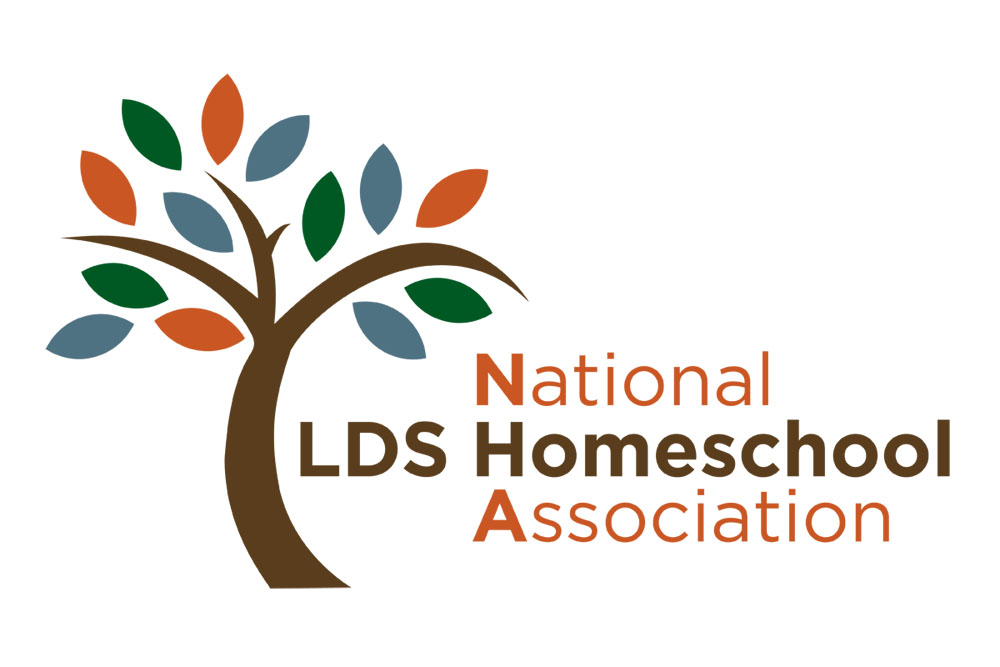Mindy looks at the clock and realizes she has just enough time to clean up the kitchen before she needs to run out the door. She walks into the kitchen and starts to run the water in the sink. As the sink is filling she notices that the counters have school books on them. She gathers them up and heads to the dining room bookshelf to put them away.
While she is in the dining room she sees that her youngest has dropped his shoes and coat on the floor. She knows if they stay there she will never find them again, so she puts the books on the table to put away in a minute and picks up the coat and shoes and heads for the closet. Then she remembers she left the water running in the sink, so she drops the coat and shoes and heads for the kitchen, catching the water just as it starts to run over the counter. She bails out the sink and puts the dishes in to soak. She turns to start to clear the counters again and finds more things that need to go in other rooms. She grabs them and heads back out of the kitchen.
On her way she gets interrupted again by one of her children and she follows them upstairs to help them with something, totally forgetting about the dishes in the sink. She then realizes she needs to leave and heads out the door only five minutes late. When she arrives back home, the dishes are still in the sink. I thought I washed the dishes, she says to herself.
Has this ever happened to you? It has to me! It can be very frustrating to run all day doing and cleaning and have nothing to show for it at bedtime. I tried all kinds of time management books and programs but nothing worked for me. Then I discovered that Visual/Spatial, or right brain people can really struggle with time management. Once I understood the reasons I had problems I was able to find solutions. I discovered that V/S people think differently about time and space and their minds function differently than typical left brain or A/S (Auditory/Sequential Learners) people do and that is why most time management systems don’t work. Today I want to focus on time and V/S time management.
V/S ‘s need two different modes of time for different situations. They need chunks of time and small pieces of time. The chunks of time allows them to really focus on big tasks and have the time to think it through and put their whole energy into it. Most time management systems recommend taking small blocks of time and working over a long period of time to complete the task. This doesn’t work for most V/S’s for several reasons, but the main reason is using small blocks of time doesn’t allow for deep thinking or allowing creativity to flow. V/S’s are very creative and to be creative means they spend time thinking through a project from start to finish. V/S’s see things in pictures, not words. That means a project has to be thought about enough to see the end from the beginning. Then they can start on the project. Also, they need to totally focus, without distractions. When a project is worked in small chunks, they no sooner start then it’s time to finish. This makes it difficult to create!
The second mode is the small piece of time. This small amount of time allows them to accomplish repetitive tasks without losing focus. V/S’s tend to be perfectionists. Usually frustrated perfectionists. They don’t want to do something unless they can do it perfectly. In other words, they clean the living room, but rather than just cleaning, they notice that the dvds are unorganized, so they stop half way through cleaning to organize all the dvds alphabetically. Nice to do, but only after the living room is clean!
Thus, to a V/S, doing it perfectly requires three times the amount of time they have so they get half way through a project and then run out of time and never finish. This is how their closets fill with unfinished projects and their entire house is never clean at the same time.
The solution? Breaking jobs down into doable pieces in small blocks of time. Doing something that only takes 15 minutes or so helps keep V/S’s focused enough to finish a project, especially if it is one they would rather not do. We can do anything for 15 minutes, right?
This is why Flylady.net is so successful. She has broken down the chores of keeping a house into small pieces that can be done in small blocks of time. And she advocates for the use of timers! Perfect of V/S’s!
Since V/S’s have a tough time telling the passage of time, they don’t notice that it is time to leave in order to be on time for the doctor’s appointment, or piano lessons, or that it is time to start dinner. Timers and clocks really help. I love timers. I have timers on my phone, on my watch, and small little timers and I use all of them! I also have clocks in just about every room in my house.
I have timers on my phone that are set for piano lessons, doctor’s appointments, meetings, etc. I use the timers on my watch to help me divide my day into parts and we do specific things in each part. So my watch goes off to tell me it’s time for devotional (or my kids would never start school!), time for the youngest ones nap, (or he would never get one), and it goes off to tell me it’s time to start dinner (or we would never eat before 9pm!).
I use my little timers to help me use small amounts of time either for chores that I would spend hours on that don’t need hours or those small amounts of time before I need to leave the house or have some other commitment I need to do. It helps me to keep focused because I know when it goes off I can move on to something else! Timers are great tools!
I hope this has helped you to see how time management can work for you. It has been a life saver for me. Next time we will talk about to do lists, planners and calendars, and time maps. Aren’t you excited?











